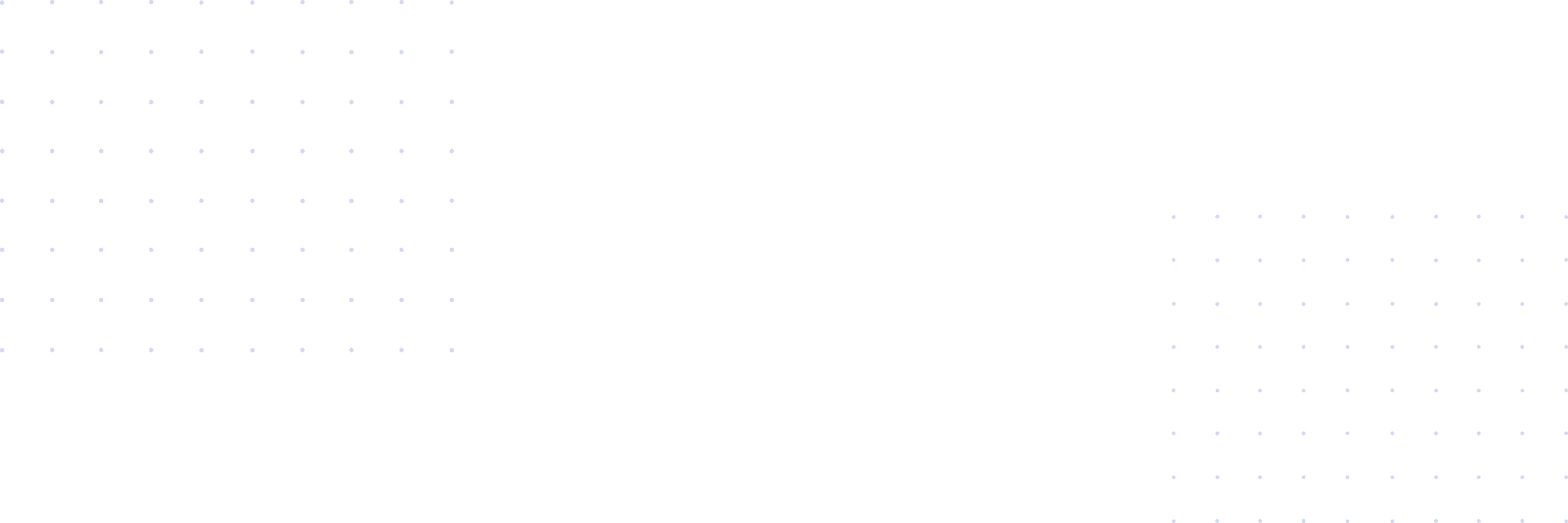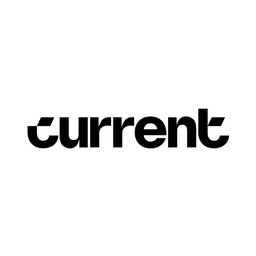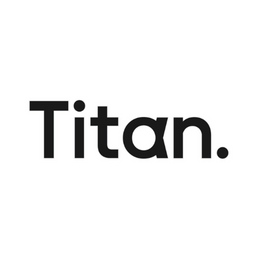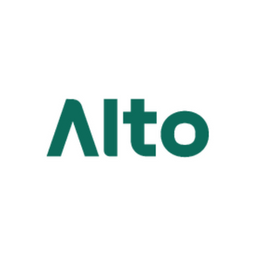Tax-deferred retirement accounts may help you build your portfolio and pay less in taxes. It’s a win-win for investors, but with many retirement accounts, choosing the right one can turn into a challenge. SEP and SIMPLE IRAs are two popular retirement accounts for small business owners and self-employed individuals. We will highlight the differences between these plans so you can decide which one aligns with your financial objectives.
What Is a SEP IRA and How Does It Work?
SEP IRAs are simplified plans employers, and self-employed individuals can use to build retirement savings. These accounts have favorable contribution limits, but only the employer can contribute to the account. This maximum contribution cannot exceed 25% of an employee’s compensation, or $66,000, depending on which is lower.
Pros of a SEP IRA
- Higher contribution limits: You can contribute up to $66,000 to your SEP IRA account in 2023. That’s far higher than traditional IRAs and 401(k) plans.
- Lower your tax bill: SEP IRAs let you defer tax payments by reducing your taxable income. By the time you pay income taxes on your IRA funds, you may be in a lower tax bracket. Not only will you likely have a smaller income at that time, but the IRS expands income brackets each year due to inflation and other factors.
- 100% vesting: Contributions to SEP accounts are always 100 percent vested or owned by the employee.
Cons of a SEP IRA
- Employee contributions are the same percentage: If you want to contribute 20% of your compensation to your SEP IRA plan, you must also contribute 20% of your employee’s compensation to their plan. This could add up quickly, and you may have to slow down on your own retirement plan if you do not run a solo business. You cannot deduct funds from your employees’ salaries to make these contributions.
- No catch-up feature: While other IRAs let you increase your contribution after turning 50, SEP IRAs don’t offer this feature. The $66,000 maximum contribution makes up for this.
- Not every business owner contributes $66,000 per year to their plan: That number is based on 25% of your earnings. You would have to earn over $264,000/yr. to make a $66,000 contribution to your SEP IRA. Any less than that, and you will have a lower limit. It’s even more difficult to manage this if you have multiple employees on your team.
What Is a SIMPLE IRA and How Does It Work?
A SIMPLE IRA is a more affordable version of 401(k) plans for employers who want to provide their employees with retirement plans. Some states require employers to take this step, and it’s one of the reasons SIMPLE IRAs are popular. However, these retirement accounts are only for small businesses with 100 or fewer employees. Employees can make salary reduction contributions up to $15,500 to their SIMPLE IRAs in 2023, and the catch-up contribution is $3,500 for people who are 50 years or older.
Pros of a SIMPLE IRA
- Respectable contribution limit with no strings attached: Employees can make salary reduction contributions up to $15,500 to their SIMPLE IRAs in 2023. SEP IRAs reward high earners but can leave self-employed workers with lower limits if they don’t make enough money.
- Save on taxes: The main benefit of any IRA plan. SIMPLE IRAs have traditional IRA compatibility, meaning you will get immediate tax savings for your contributions.
Cons of a SIMPLE IRA
- Harsh penalties: Every traditional IRA plan has a 10% penalty for early distributions on non-qualifying expenses. SIMPLE IRAs take this a step higher by increasing the penalty to 25% for distributions taken during the two-year period beginning on the date you first participated in your employer’s SIMPLE IRA plan. This fee also applies if you do an IRA rollover. The penalties are avoidable, but they’re good to keep in mind.
- No Roth component: Just like a SEP IRA, there is no Roth component. If you want to save on capital gains and dividends instead of pre-tax contributions and lower taxable income, this isn’t the right plan for you.
- Employers must contribute to employees’ plans: The employer must make contributions in one of two ways. Either a dollar-for-dollar match of up to 3% of an employee’s salary reduction contributions or a nonelective contribution of 2% of the employee’s salary. With a SEP IRA, you do not have to make contributions every year. SIMPLE IRA plans do not provide employers with this level of flexibility.
SEP vs. SIMPLE IRA: Choosing the Right One for Your Business
Both of these plans have strengths and weaknesses, and each one can lower your tax bill while helping you grow your portfolio. Below are some things to keep in mind when comparing the two plans.
Employer and Employee Eligibility
SIMPLE IRA plans require the business owner or employee to earn $5,000 in one of the two preceding calendar years. SEP IRA eligibility requires that the business owner or employee has worked in the business for at least three of the past five years and earned at least $650 in 2022 or $750 in 2023.
Size of Company
SIMPLE IRAs are only for companies with 100 or fewer employees. SEP IRAs do not have restrictions based on company headcount.
Employer and Employee Contribution Limits
A SIMPLE IRA plan has a $15,000 salary reduction contribution limit in 2023, along with a $3,500 catch-up contribution if you are at least 50 years old. Employers must make either a dollar-for-dollar matching contribution of up to 3% of an employee’s salary reduction contribution or a nonelective contribution of 2% of the employee’s salary.
The max contribution limit is $66,000 in 2023 but is capped at 25% of your income. If you do not make enough money, you cannot unlock the $66,000 limit. Only employers can contribute to SEP IRA accounts. Employees must rely on the company to make contributions to their accounts.
Management and Maintenance Costs
SIMPLE IRAs lock you into steady expenses, as an employer must make contributions to their employees’ accounts. SEP IRAs can become more expensive if you have employees and invest 25% of your compensation in the plan.
Employee Vesting
Both retirement accounts provide immediate employee vesting. Employees own the cash and can use it to buy preferred assets the moment it lands in their IRA.
Distributions
Everyone owes taxes on SEP IRA and SIMPLE IRA distributions, but you will incur a 10% penalty if you withdraw funds before turning 59 1/2 years old. You must begin distributing funds from your account upon turning 73.
Location of Account
Many brokers let business owners create SEP and SIMPLE IRA plans. These custodians then provide the dashboards and functionality to help business owners use their accounts.
Invest in an IRA for Your Business
An IRA provides tax advantages and can set you up for a solid retirement. If you want to hire employees for your small business, having a retirement plan can make you more enticing than competing employers. Ultimately, IRAs provide more control over your retirement.










